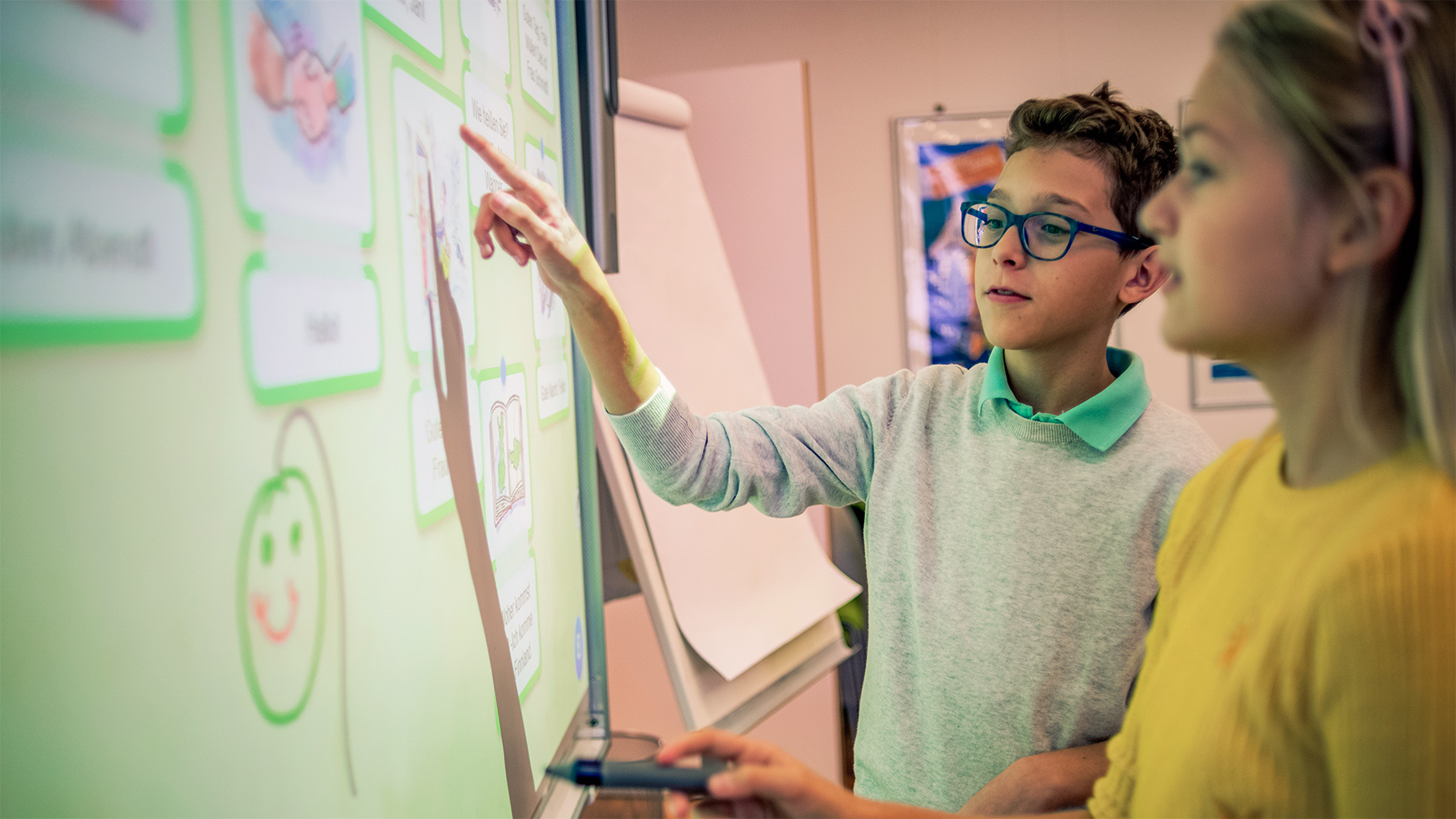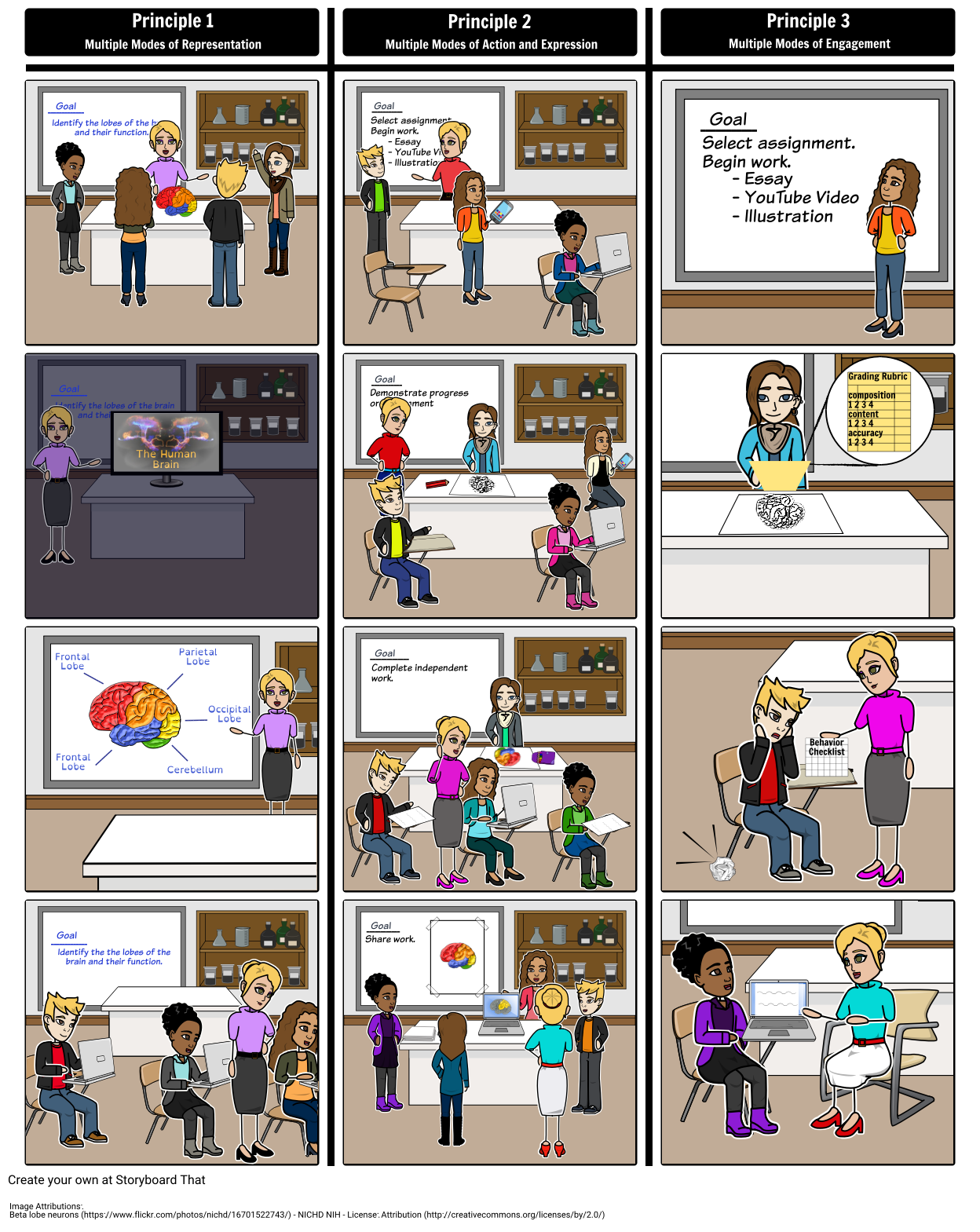Table Of Content

Make sure that children in your classroom feel comfortable and safe bringing their whole selves—including their race, heritage, gender identity, and disabilities—into your classroom and address bias. One simple but effective way to do so is by stocking your classroom library with books that reflect your students’ diverse backgrounds and experiences. Plus, they’ll become more familiar with the flexible tools and strategies available to them.
Encourage Student Participation
As noted above, there is no set order in which to apply the Guidelines; the way we apply UDL is driven by our instructional goals and barriers present in the curriculum. Yet, we recognize that many people use this document as one way to begin their learning about UDL, and we have found that considering ways to reduce barriers and increase access can be a useful entry point. Therefore, in this most recent representation of the UDL Guidelines graphic organizer, the “access” row of the Guidelines is presented first. We hope that this representation will support educators who are new to UDL to explore this critical step. When principals embed UDL into a schoolwide approach, its benefits are evident for teachers and students alike.
The difference between Universal Design for Learning (UDL) and traditional education
However, as with any approach to teaching, it is critical to assess whether or not it is appropriate for your students and modify it as needed. It would help if you also remember that UDL is a framework and not a curriculum, so you will need to develop your own lessons and activities. Differentiating instruction is another crucial way to use UDL in your classroom. This means providing students with different levels of teaching and support based on their needs.
Tips for Educators
Promising lines of research include work identifying the specific practices that are critical to meeting the challenge of individual differences—research that has been amassed over decades and by many different researchers. These studies are labeled as “promising” because they appear to fit within the UDL framework, but they have not been tested in a UDL environment or using the framework. It is important that these practices are studied within a UDL environment for them to be considered effective UDL practices.
Tackling Universal Design Learning to Make Teaching Easier - Newsela
Tackling Universal Design Learning to Make Teaching Easier.
Posted: Thu, 18 May 2023 07:00:00 GMT [source]
Provide Multiple Means of Engagement
For example, imagine a lesson in which your students read about the stages of butterfly metamorphosis and then draw a diagram of the process. This lesson has three main objectives — to have your students read, learn the stages of butterfly metamorphosis, and draw a scientific process. To analyze the goal, you need to identify the primary objective for this part of the lesson.

Universal Design for Learning Supports Distance Learning for Deaf Students
The core of UDL lies in its three main principles, structured around engagement, representation, and action & expression. These principles encourage educators to offer multiple ways for students to become involved with their learning, understand the information, and demonstrate their knowledge. In the realm of linguistic diversity and challenges, UDL's flexibility is a key asset. It allows students to access materials, engage with content, and showcase their understanding in a manner that aligns with their individual language capabilities.
Representation
Start by offering multiple options for teachers to interact with the content. Books, podcasts, videos, and discussion groups offer choices that align with personal preferences and offer variety in learning. Allow for feedback through multiple methods such as online surveys, exit questionnaires, team and one-on-one meetings, and journaling.
Implementation initiatives in the US
Phuong and Berkeley, using a randomized controlled trial, found that AEP, which is based on UDL, led to a significant improvement in students’ grades, even when several confounding variables were controlled for. I won’t pretend it’s easy, but it’s crucial to commit to the UDL mindset in order to have success. Embracing the following four beliefs is the first step in designing learning experiences that serve all students. The goal of UDL is to use a variety of teaching methods to remove any barriers to learning. It’s about building in flexibility that can be adjusted for every person’s strengths and needs.

Provides Inclusive Learning Environment
I realized that many students needed clearer directions, checklists, and check-ins, so I created systems within our classroom to address this. Teachers can encourage high school students’ success by focusing on learner variability and creating customizable learning experiences. The UDL Guidelines are a tool used in the implementation of Universal Design for Learning. This approach to teaching or to workplace training doesn’t specifically target people who learn and think differently. But it can be especially helpful for kids with these challenges — including those who have not been formally diagnosed. UDL is a powerful approach because from the very start of your lesson, it helps you anticipate and plan for all your learners.
SplashLearn is the perfect balance of learning and game-play that your little one needs to build math and reading confidence. Many resources are available to help you learn more about UDL, including books, websites, and articles. An excellent place to start is the UDL Center’s website, which provides various resources, including an overview of UDL, how to get started, and case studies. You can also find helpful information from the National Center for Universal Design for Learning (NCUDL).
UDL supports all children, including infants and toddlers with disabilities, to help them engage more fully in learning. It doesn't take the place of individualized curriculum modifications necessary for particular children. For more information on individualized curriculum modifications, see these helpful Curriculum Modifications resources.
For example, closed captioning is often used in noisy places like restaurants and airports to help everyone follow what’s being said on TV. Even if you’re not familiar with the term universal design, you’ve likely encountered it in your everyday life. Common examples include automatic doors and dictation tools on smartphones. This session featured Gaston College and McDowell Tech faculty and staff as they explored Universal Design for Learning (UDL) principles and practices.
By providing text alongside audio narrations, video supplements, and interactive models, educators apply a versatile mix of formats that tap into different learning pathways. This not only makes content accessible for individuals with disabilities but also allows for a broader range of cognitive entry points for all students. Universal Design for Learning (UDL) is a way of thinking about teaching and learning that helps give all students an equal opportunity to succeed. This approach offers flexibility in the ways students access material, engage with it and show what they know.
SplashLearn inspires lifelong curiosity with its game-based PreK-5 learning program loved by over 40 million children. With over 4,000 fun games and activities, it’s the perfect balance of learning and play for your little one. UDLA trainings support the lesson planning process and help shift your ideas about what curriculum can be and how to get there over time. Students get periodic feedback on how they’re doing through tests, quizzes, projects, and assignments. But grades typically aren’t used as part of an ongoing discussion about goals and learning.
Educators empowered with UDL guidelines can create responsive curriculum and instruction that meaningfully accommodates the nuances of a diverse student body. Classrooms today are a tapestry of differences - in abilities, cultural backgrounds, and learning preferences. Teachers face the challenge of honoring high expectations for all, while also recognizing this diversity. UDL is about being proactive, not reactive; it's about designing with the foresight of these needs in mind. It is through adherence to these principles that UDL successfully fosters an inclusive learning atmosphere where barriers are systematically identified and dismantled.
Explore this chart that compares UDL and traditional education side by side (opens in a new window). By applying UDL principles, teachers can effectively instruct a diverse group of learners. They do this by building in flexibility in the ways learners can access information and in the ways students can demonstrate their knowledge. The ultimate goal of UDL is to develop “expert learners” who are purposeful and motivated, resourceful and knowledgeable, and strategic and goal-directed. Some subjects directly teach learners to understand codes, notations, or symbols. For example, math instruction involves learning how to read, write, and solve equations.

No comments:
Post a Comment